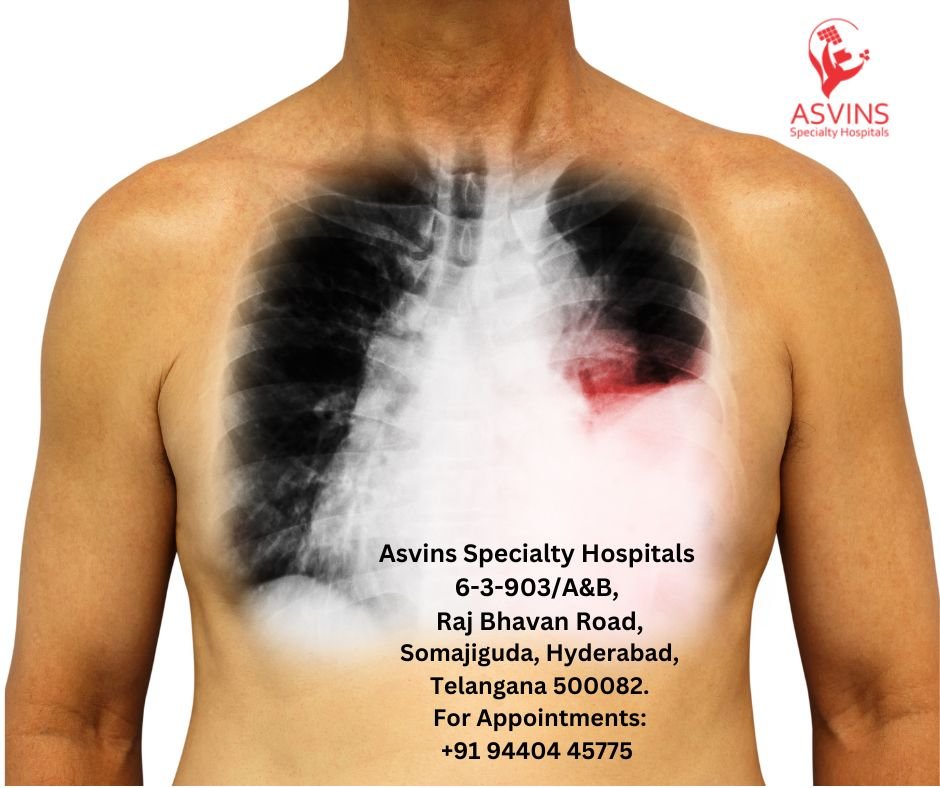Lung cancer often presents with symptoms that are primarily respiratory or systemic, but in some cases, it can manifest with skin-related signs. In this article, we explore skin symptoms that might be indicative of underlying lung cancer.
Jaundice: Yellowing of the skin and eyes (jaundice) can occur when lung cancer spreads to the liver, causing a blockage in the bile ducts.
Skin Lumps or Nodules: Rarely, lung cancer can metastasize to the skin, leading to the development of firm, raised nodules or lumps that can be painful.
Reddish or Purple Patches: Unusual skin discolorations or patches with a reddish or purple hue may be a sign of cutaneous metastasis from lung cancer.
Pruritus (Itching): Itchy skin, often without a visible rash, can occur due to the release of substances from cancer cells.
Paraneoplastic Pemphigus: This rare autoimmune blistering disorder can be associated with lung cancer and cause painful skin blisters and erosions.
It’s important to note that these skin symptoms are relatively uncommon in lung cancer cases, and their presence does not definitively indicate the disease. However, if you or someone you know experiences any unusual skin changes along with respiratory symptoms or other concerning signs, it’s crucial to seek prompt medical evaluation. Early detection and diagnosis are key to improving the prognosis and outcome of lung cancer.

